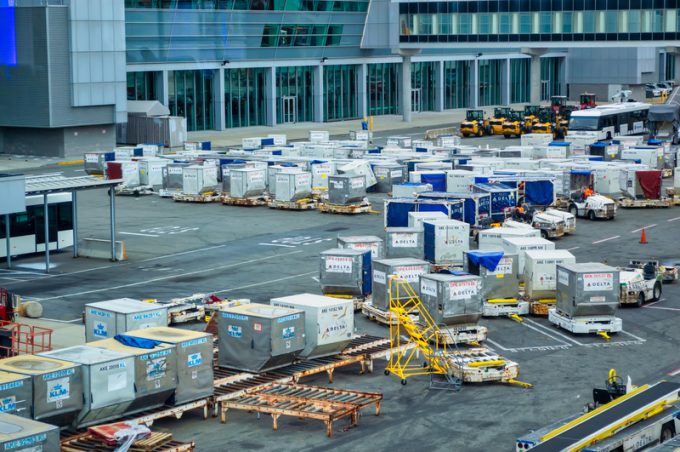CBP won't be ready for flood of extra processing after de minimis pause
Preparing US customs systems for the end of the US de minimis exemption on imports ...

The pandemic threw airfreight patterns into reverse – and now large forwarders are considering making this permanent.
Over the two decades leading to the Covid-19 outbreak, passenger airlines had been adding routes to second-tier airports, which saw the erosion of flows through gateways like New York’s JFK Airport.
Without traffic – passenger or cargo – to sustain secondary gateways, the pandemic jerked traffic back to the main hubs.
So will the recovery of passenger volumes revive the streams through smaller airports?
Not as far ...
Volcanic disruption at Anchorage could hit transpacific airfreight operations
Shippers snap up airfreight capacity to US ahead of tariff deadline
New price hikes may slow ocean spot rate slide – but for how long?
Forwarders stay cool as US 'liberation day' tariffs threaten 'global trade war'
Tighter EU import requirements proving 'a challenge' for forwarders
Supply chain delays expected after earthquake hits Myanmar
Looming Trump tariffs will create 'a bureaucratic monster' for Customs

Comment on this article
Pichuiyer Balasubramanian
May 14, 2021 at 2:23 pmThe big question is do venture capitalists have sufficient knowledge about air cargo industry? If not, how do we ensure that those in the industry get their favorable ears? That’s the one big way to get them to revolutionize this scenario and alleviate this problem.